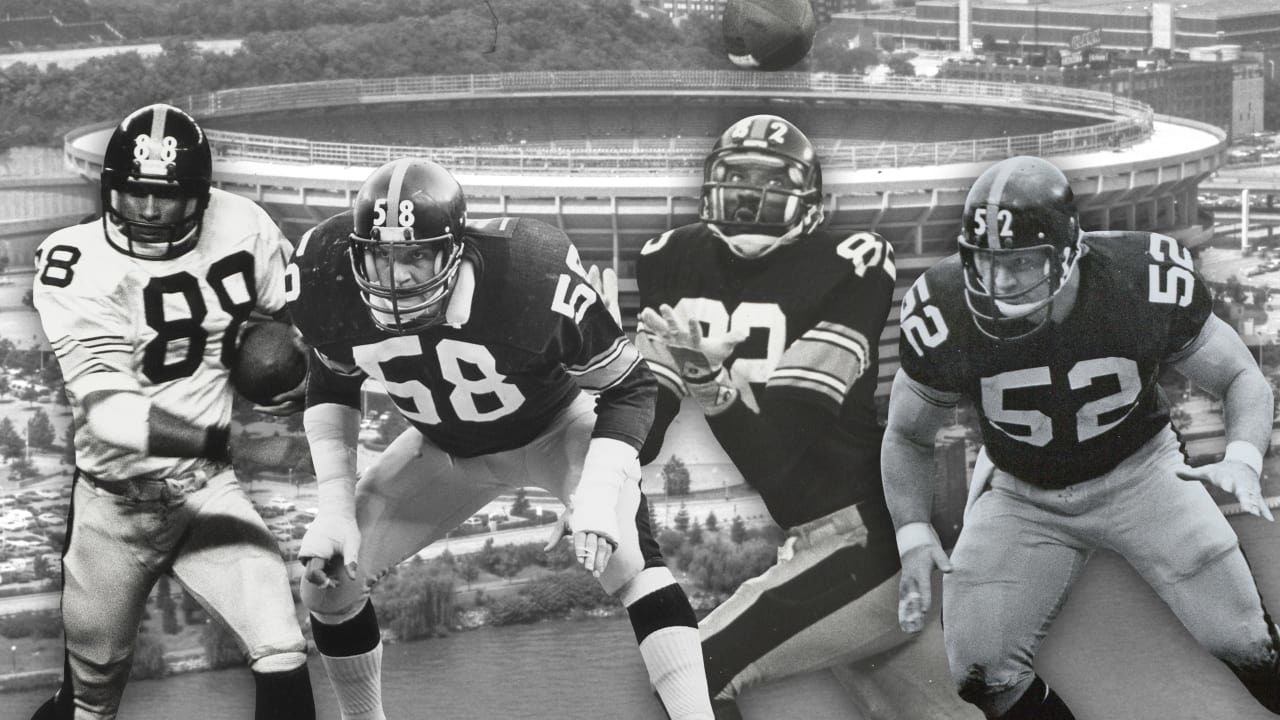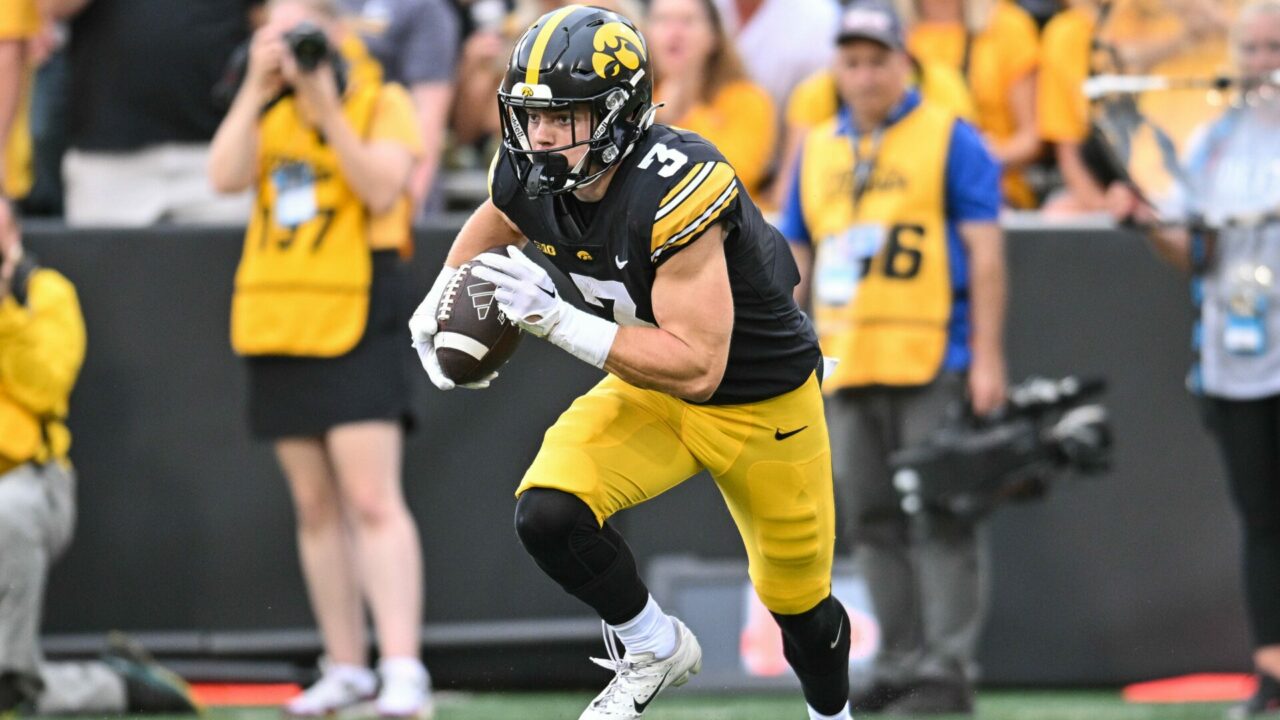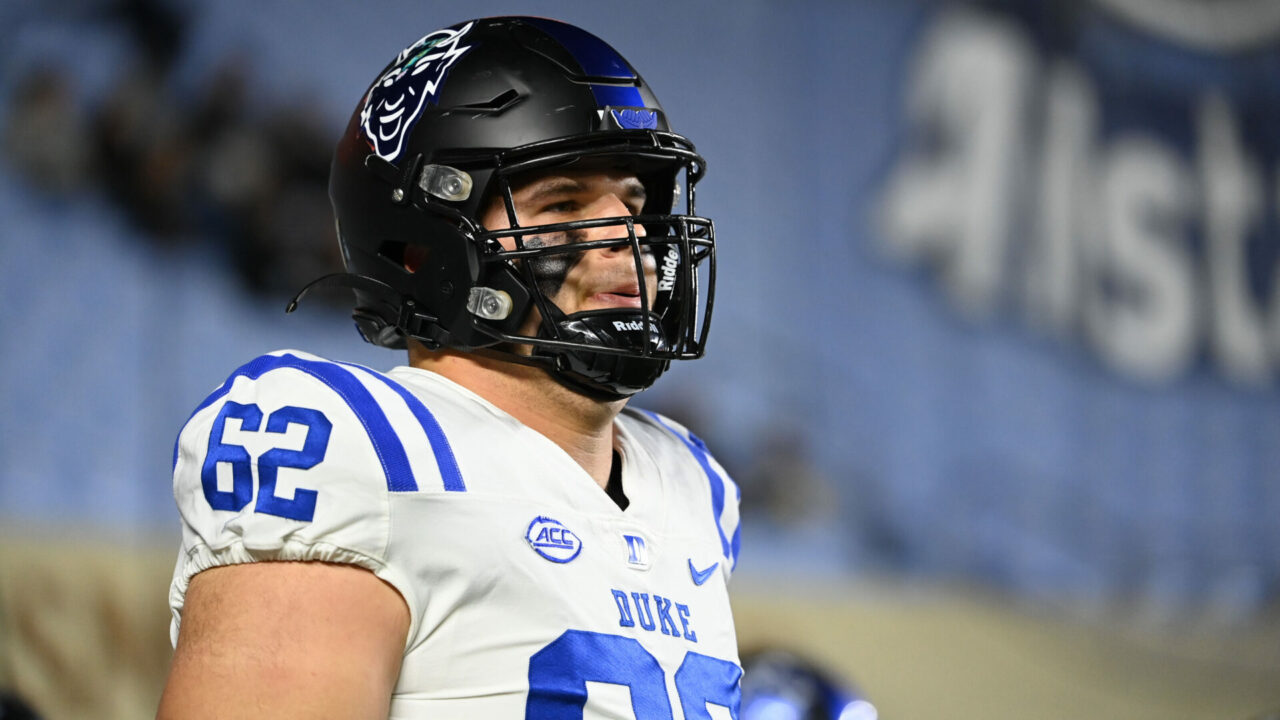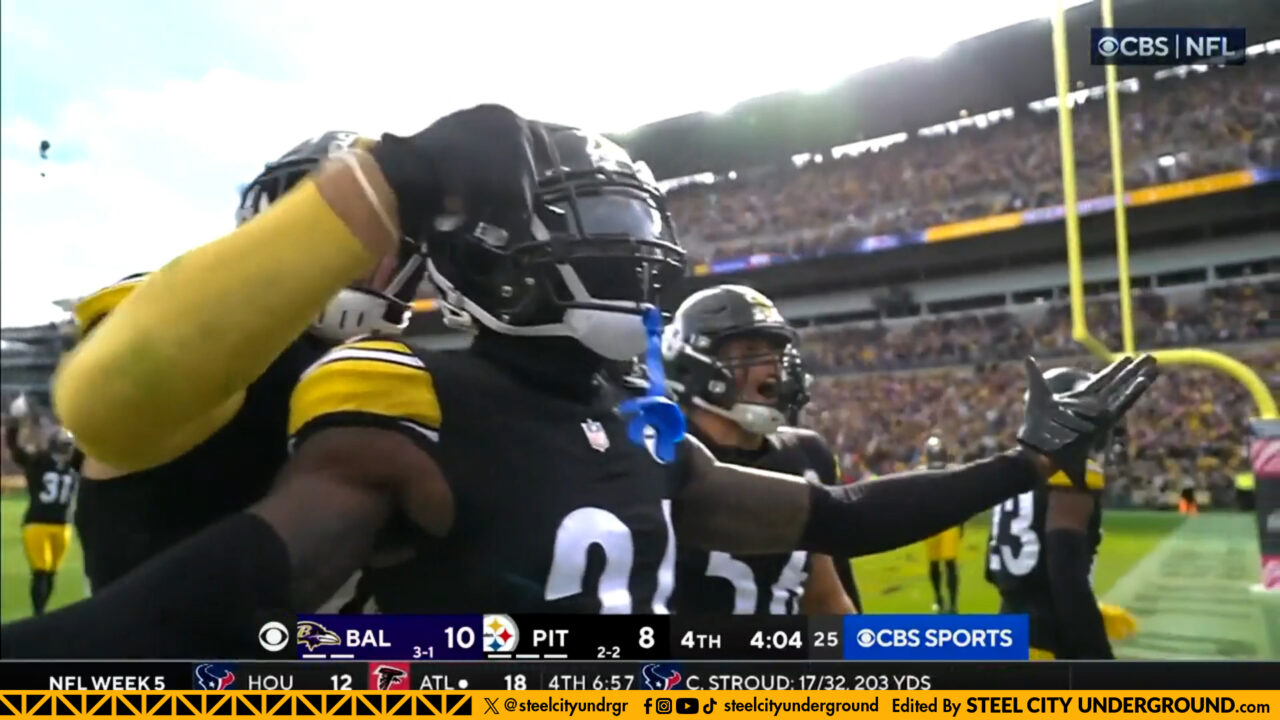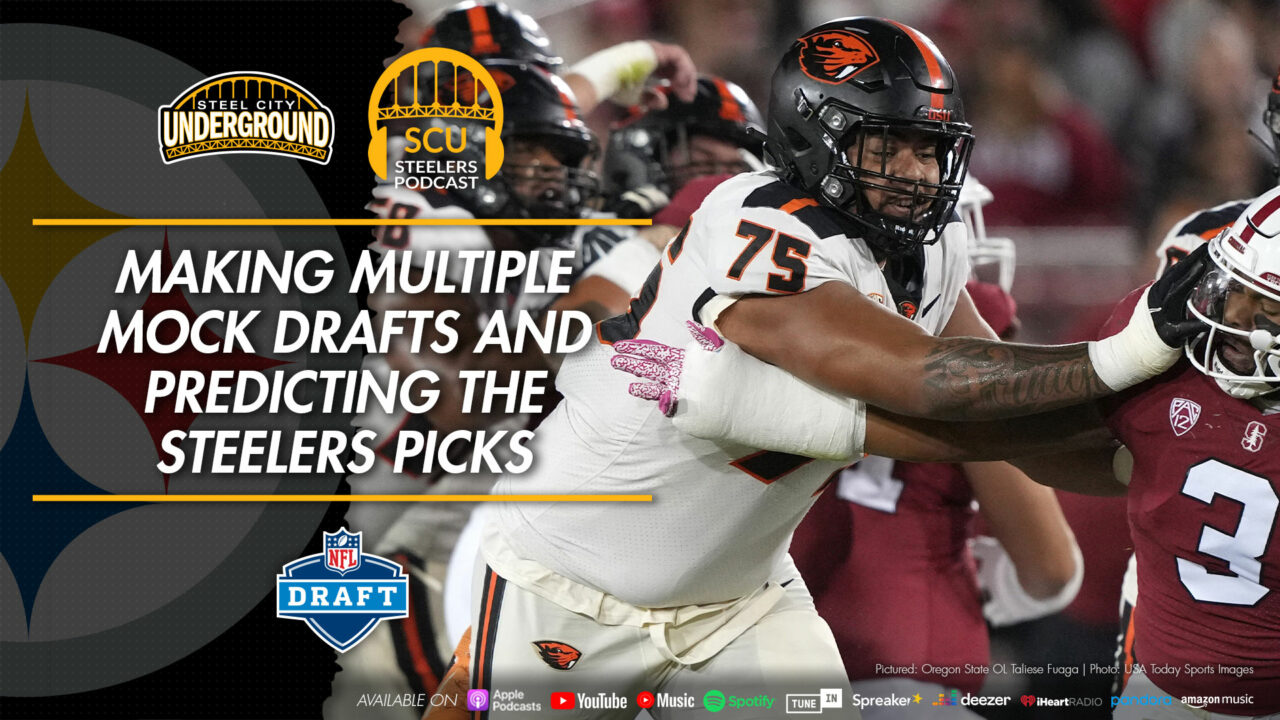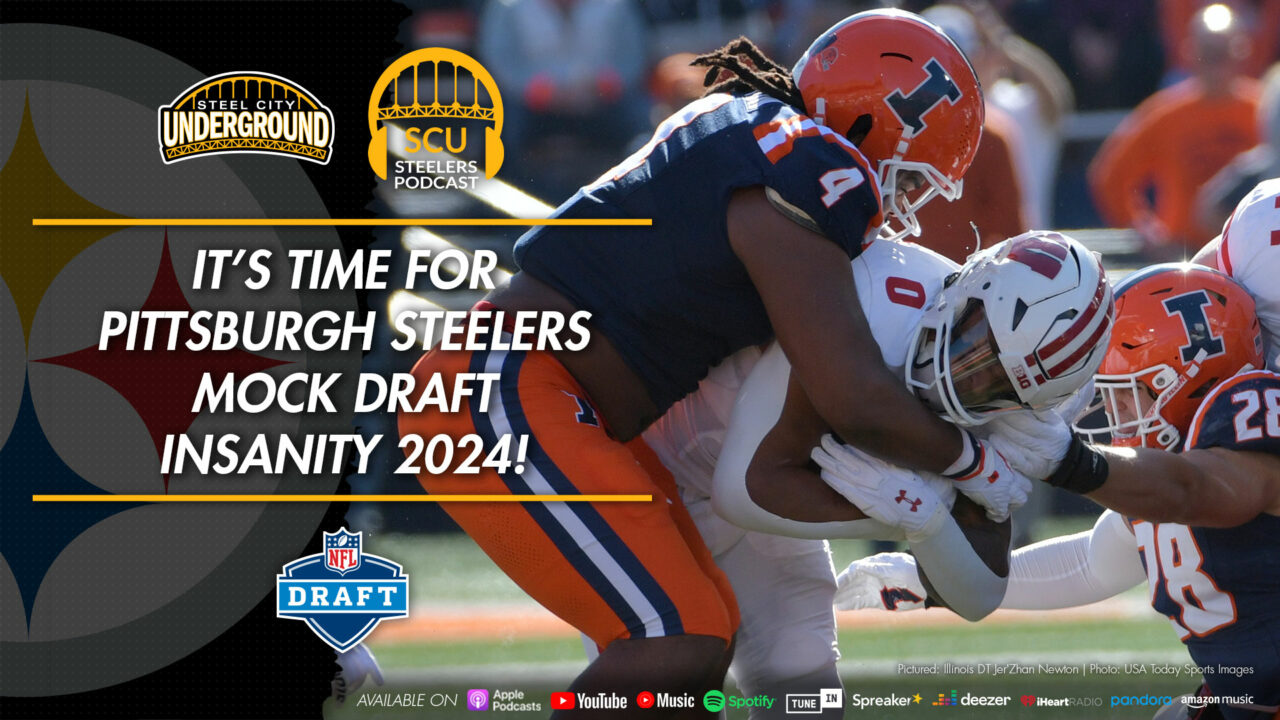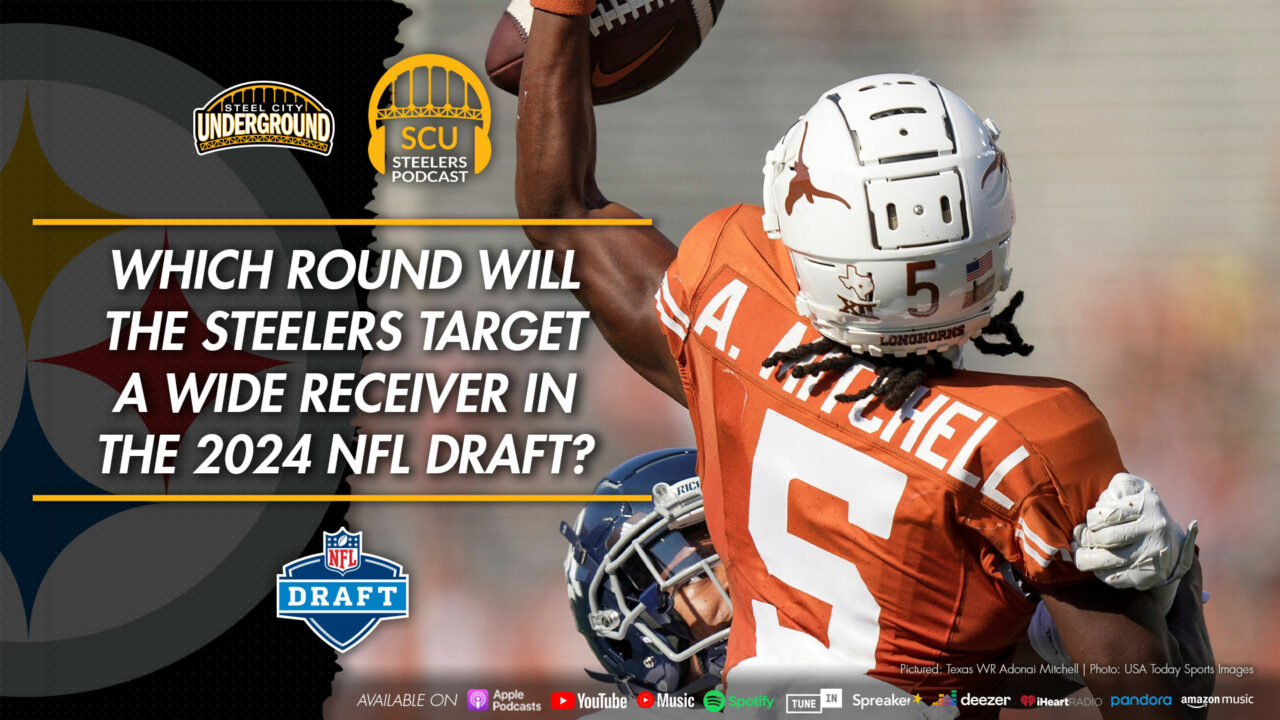Steelers Throwback Thursday: Pittsburgh’s 1974 draft class best in NFL history
Steel City Underground presents “Steelers Throwback Thursday” featuring plays, stories, and recaps from recent seasons which you may have forgotten about! Now we’re “bringing them back!”
It’s NFL Draft season, and this Thursday we thought it’d be fun to go back in time and look at how different sporting news sites valued different draft classes. What wasn’t surprising in the search was the fact that the Pittsburgh Steelers’ 1974 draft class came in at No. 1 among all classes in league history.
Legendary coach Chuck Noll wanted to build a championship team through the NFL’s draft. He also firmly believed that scouts looking at collegiate prospects should be out searching for great athletes even if they weren’t attending the big-name colleges or were on teams at private or traditionally smaller “black” colleges. He wanted players who would come in and work.
Scouting head Bill Nunn, Jr., agreed – and the team did their best to discover the talent they felt would fit into their plans. In 1974, the Steelers were lucky that Nunn wasn’t opposed to looking in the corners of the country that others might have overlooked. The result? He was responsible for discovering what is alleged to be one lone film strip on John Stallworth. Nunn also held other philosophies and manners of scouting that led to the best NFL Draft class – ever!
On the day of the draft, Noll and Nunn could not agree on whether they should target receiver Lynn Swann (USC) who was considered by most scouts and coaches in the NFL – at the time – to be a No. 1 overall pick (certainly a first-rounder) and was well known or grab Stallworth. As time nearly expired, with Pittsburgh “on the clock” and the Dallas Cowboys filling out a card in case that very thing happened and they were able to jump ahead to snag to 20th overall pick, the Steelers selected Swann. Nunn and others had convinced Noll, at the last second, that Swann would be gone if they didn’t grab him right then and there but Stallworth would still be on the board for their next pick.
The Steelers were in need of a new middle linebacker that year as well. The philosophy had changed as to what type of inside linebacker they would use and decided that a player who could support both the run and drop into pass coverage was who they should select. Pittsburgh was going to utilize what was then a “new” scheme: Cover 2. Art Rooney, Jr. had gone to scout at Kent State and saw their team practicing on gravel. One player, a linebacker, wasn’t afraid to slide on what was more-than-rough terrain. At No. 46 overall, the Steelers selected Jack Lambert.
With no third-round pick, there was time to debate in the Steelers’ war room as to who they might select next. Noll, who still coveted Stallworth, got his wish granted in the fourth round when Nunn was proven correct and the receiver from Alabama A&M was there to grab. They also added defensive back Jimmy Allen of UCLA in the fourth round.
In the fifth round, Pittsburgh wanted an anchor to their offensive line and selected Tomahawk, Wisconsin native Mike Webster from The University of Wisconsin.
The players that were selected in the sixth-through-17th rounds (you read that correctly), may not have been as notable but they’re worth mentioning:
- DE Jim Wolf (No. 149, 6th round, Prairie View A&M)
- OT Rick Druschel (No. 150, 6th round, North Carolina State)
- OT Allen Sitterle (No. 165, 7th round, North Carolina State)
- TE Scott Garske (No. 179, 7th round, Eastern Washington)
- LB Mark Gefert (No. 204, 8th round, Purdue)
- RB Tommy Reamon (No. 223, 9th round, Missouri)
- DT Charles Davis (No. 229, 9th round, Texas Christian)
- OG Jim Kregel (No. 243, 10th round, Ohio State)
- DB Dave Atkinson (No. 254, 10th round, Brigham Young)
- RB Dickey Morton (No. 283, 11th round, Arkansas)
- LB Hugh Lickiss (No. 308, 12th round, Simpson)
- QB Frank Kolch (No. 333, 13th round, Eastern Michigan)
- DB Bruce Henley (No. 358, 14th round, Rice University)
- DT Larry Hunt (No. 387, 15th round, Iowa State)
- LB Octavus Morgan (No. 412, 16th round, Illinois)
- DE Larry Moore (No. 437, 17th round, Angelo State)
Wolf, Druschel, and Davis all contributed during their rookie season. Reamon didn’t emerge until 1976. Davis spent seven seasons in the NFL; he played one season for Pittsburgh before signing with the St. Louis Cardinals organization. Davis once had a five-sack playoff game against the Rams. Allen made 31 interceptions in eight seasons in the NFL, including nine during his final season with the Detroit Lions.
Many of the other players were casualties of team cuts or got to play during preseason but did not remain on the roster.
The approach of appreciating the value of draft selections played a pivotal role in the success of the Steelers during the 1970s era. Knowing how those players would fit into their scheme was the second part of a winning equation.
That the Steelers ended up getting four Hall of Fame players out of the 1974 Draft is one thing; there were only five players who ended up in the Hall from that entire class. The fact that Swann, Lambert, Stallworth, and Webster did so much during their careers for the Steelers – not just earning Super Bowl rings – was like hitting the lottery for Pittsburgh. The 1974 season saw Pittsburgh go 10-3-1 (regular season record) and win its first Super Bowl in franchise history.
The Steelers built a dynasty through the NFL Draft. By doing so they instilled an ideology that the team still carries today: the future is now. Pittsburgh would put their past in the past.
